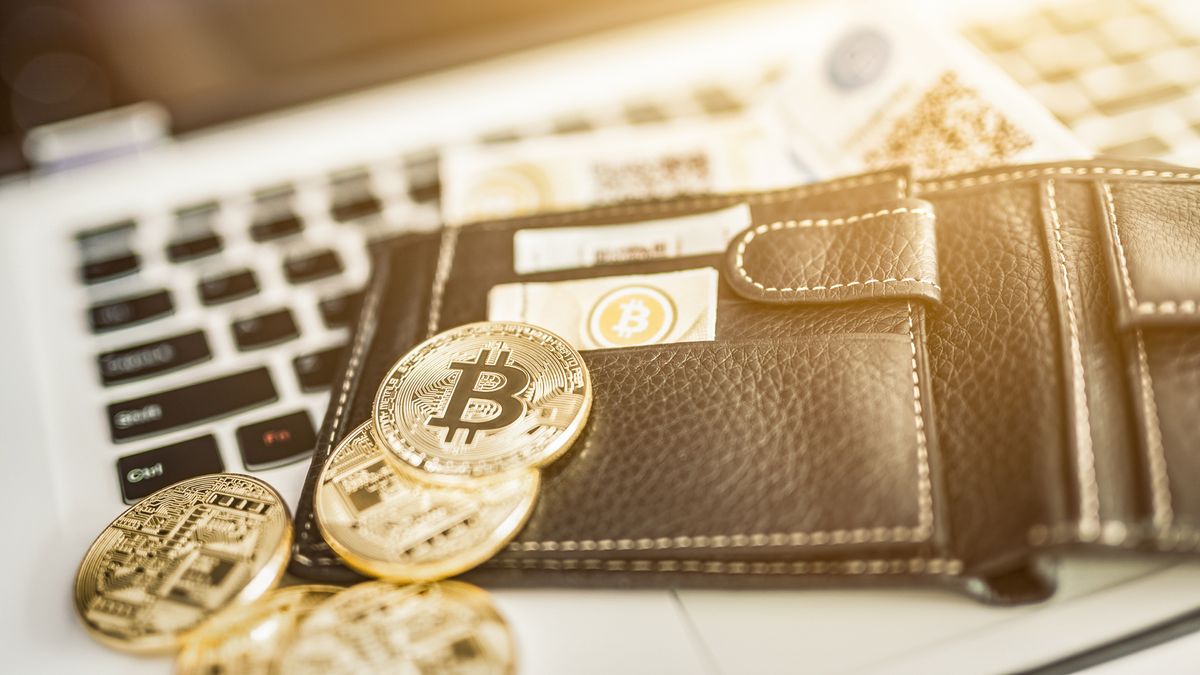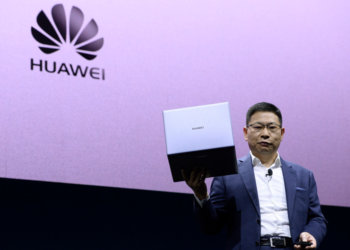The global financial system is on the cusp of its most profound transformation since the invention of paper money. At the heart of this revolution lies Digital Currency—an umbrella term encompassing decentralized cryptocurrencies, stablecoins, and government-issued Central Bank Digital Currencies (CBDCs). This shift is driven by technological innovation (specifically, blockchain), a growing public demand for financial sovereignty, and central banks’ realization that traditional fiat money must evolve to survive in a hyper-digital world. Understanding this landscape is no longer a matter of curiosity for investors; it is a necessity for economic participation in the coming decades.
This comprehensive guide will dissect the complex world of digital currencies, outline the essential tools and knowledge required to safely navigate this space, and analyze the far-reaching implications for commerce, regulation, and personal finance.
Defining the Digital Money Spectrum
Digital currency is a broad term that captures several distinct asset classes, each with unique underlying technology, risk profiles, and regulatory futures.
A. Cryptocurrencies (Decentralized)
These are the original digital currencies, built on decentralized blockchain technology, operating without central authority.
- Bitcoin (BTC): Primarily positioned as a store of value (“digital gold”) and a decentralized peer-to-peer electronic cash system. Its value lies in its scarcity (capped supply of 21 million coins) and the security of its proof-of-work consensus mechanism.
- Ethereum (ETH): Functions as a decentralized global computer, enabling Smart Contracts and decentralized applications (dApps). Its utility drives the vast ecosystem of Decentralized Finance (DeFi) and Non-Fungible Tokens (NFTs).
- Altcoins: Thousands of other cryptocurrencies focusing on specific functionalities (e.g., faster transactions, privacy features, specific industry applications).
B. Stablecoins (The Bridging Mechanism)
Stablecoins are cryptocurrencies designed to minimize price volatility, usually by being pegged to a stable asset, typically the US Dollar (). They act as the critical on-ramp and off-ramp between volatile crypto and traditional fiat.
- Fiat-Backed (e.g., USDT, USDC): The most common type, where the issuer holds an equivalent amount of fiat currency, cash equivalents, or short-term treasury bills as collateral. They are critical for high-volume trading and DeFi liquidity.
- Algorithmic: Stablecoins that maintain their peg through automated, programmatic means, typically by increasing or decreasing supply based on market demand and arbitrage mechanisms. These carry higher, complex risks compared to fiat-backed types.
C. Central Bank Digital Currencies (CBDCs)
These are digital forms of a country’s fiat currency, issued and backed by the central bank. They represent the government’s official response to the digital currency shift.
- Purpose: To modernize the national payment system, reduce the costs and delays of existing systems, and ensure the central bank retains control over monetary policy in an increasingly cashless society.
- Difference from Crypto: CBDCs are centralized (controlled by the government), not decentralized like Bitcoin. They are digital liabilities of the central bank, just like physical cash.
- Global Pilot Programs: Major economies, including China (Digital Yuan), the Eurozone, and the Bahamas (Sand Dollar), are actively piloting or studying CBDCs, signaling their inevitable arrival.
Essential Knowledge: The Technology and Security
To interact safely and effectively with digital currencies, one must grasp the underlying technology and, critically, the unique security responsibilities involved.
1. Blockchain Technology
The foundation of most digital currencies, a blockchain is a distributed ledger technology that is shared, immutable, and cryptographically secured.
- Distributed Ledger: The transaction record is spread across thousands of computers (nodes) globally, making it virtually impossible for any single entity to tamper with the data.
- Immutability: Once a transaction is recorded in a block and added to the chain, it cannot be altered or deleted, ensuring a permanent and auditable history.
- Consensus Mechanism: Rules (like Proof-of-Work or Proof-of-Stake) determine how transactions are validated and new blocks are created, ensuring all network participants agree on the correct state of the ledger.
2. Public and Private Keys
Understanding keys is the single most important element of digital currency security.
- Public Key: Acts as your bank account number. It’s safe to share and is used by others to send you funds.
- Private Key (Seed Phrase): This is the cryptographic password that proves ownership of your digital funds. If this key is lost, your funds are gone forever. If it is compromised, your funds can be stolen instantly. There is no bank or customer service to recover a lost private key.
3. The Concept of Gas and Transaction Fees
Unlike free or fixed-fee bank transfers, digital currency transactions require a fee, often called “Gas” on platforms like Ethereum.
- Network Incentive: Fees are paid to the miners or validators who process and secure the transactions, incentivizing them to keep the network running.
- Dynamic Pricing: Fees fluctuate based on network congestion. During high-demand periods, fees can rise significantly as users compete to have their transactions prioritized.
 The Required Tools: Accessing the Digital Economy
The Required Tools: Accessing the Digital Economy
Accessing, securing, and transacting with digital currencies requires specific software and hardware tools that replace traditional bank infrastructure.
A. Digital Wallets (Your Digital Vault)
A wallet is software or hardware that stores your private keys, allowing you to access and manage your digital currency.
- Hot Wallets (Software Wallets): Connected to the internet (e.g., MetaMask, Trust Wallet). They offer convenience and ease of use for frequent transactions and DeFi interaction but are more susceptible to online hacks and malware.
- Cold Wallets (Hardware Wallets): Physical devices (e.g., Ledger, Trezor) that store your private keys offline. They are the gold standard for security, ideal for storing large, long-term holdings, as they cannot be accessed by hackers online.
- Exchange Wallets (Custodial): Funds held on centralized exchanges (like Coinbase or Binance). Convenient for trading, but the exchange holds the private key, meaning you don’t truly control your funds (“Not your keys, not your coins.”).
B. Centralized Exchanges (CEX)
These are the primary entry points for converting traditional fiat currency (USD, EUR, IDR) into digital currencies.
- Function: Act as regulated brokers and custodians, providing order books for trading and secure storage (though custodial).
- Regulation: CEXs typically adhere to Know-Your-Customer (KYC) and Anti-Money Laundering (AML) regulations, requiring identity verification, making them the safest starting point for new users.
C. Decentralized Exchanges (DEX) and DeFi Platforms
These platforms allow peer-to-peer trading and lending without any central intermediary.
- Function: Use smart contracts to automatically execute transactions (swaps, loans, staking).
- Non-Custodial: You retain control of your private keys, minimizing counterparty risk.
- Risk: Require advanced knowledge and carry higher risk due to potential smart contract bugs or regulatory uncertainty.
Regulatory and Financial Implications
The increasing relevance of digital currency is forcing governments and financial institutions to redefine regulation, taxation, and monetary policy.
A. Taxation and Compliance
In most developed nations, cryptocurrencies are treated as property or assets for tax purposes, not currency.
- Taxable Events: Selling crypto for fiat, swapping one crypto for another, or using crypto to purchase goods/services generally constitutes a taxable event (capital gain or loss).
- Record-Keeping Burden: Users are responsible for tracking the cost basis and disposal value of every transaction, requiring meticulous record-keeping, often necessitating specialized crypto tax software.
B. The Regulatory Push for Clarity
Governments are moving rapidly to establish clear rules for the industry, balancing consumer protection with innovation.
- Stablecoin Regulation: Global regulators are intensely focused on stablecoins, demanding transparency, adequate collateral, and robust auditing to ensure they do not pose systemic risk to the traditional financial system.
- Securities Classification: A central regulatory battle is determining which digital assets are classified as securities (subject to strict financial laws) versus commodities or currencies. This affects nearly every project and exchange operating today.
C. Impact on Monetary Policy (CBDCs)
The introduction of CBDCs has profound implications for central banks’ control over the economy.
- Direct Control and Implementation: CBDCs allow central banks to directly implement monetary policy, bypassing commercial banks. They could potentially be used for instantaneous stimulus payments or even implementing negative interest rates.
- Financial Inclusion: CBDCs can provide access to banking services for unbanked populations, requiring only a smartphone or simple digital device to participate in the formal economy.
Risk Management and Security Best Practices
The decentralized nature of digital currency places the entire security burden squarely on the user. Negligence often results in immediate, irreversible loss.
A. Secure Your Private Keys (The Golden Rule)
- Never Store Digitally: Never save your seed phrase or private key on a computer, cloud storage, or in an email.
- Physical Backup: Write the 12 or 24-word seed phrase on paper or engrave it on metal and store it in multiple secure, discreet physical locations (e.g., safe deposit box).
- Never Share: A legitimate service will never ask for your private key or seed phrase. Anyone asking is a scammer.
B. Defend Against Phishing and Scams
AI-powered scams are making attacks more sophisticated and difficult to spot.
- Double-Check URLs: Always manually type or check the URL of exchanges and wallets. Malicious sites often use subtle misspellings (typosquatting) to steal credentials.
- Beware of Impersonation: Be skeptical of messages from “customer support” or “giveaway organizers.” Reputable projects do not send unsolicited DMs asking you to click links or send funds.
- Use Multi-Factor Authentication (MFA): Enable hardware MFA (e.g., YubiKey) or authenticator apps (e.g., Google Authenticator) on all exchanges and wallets, rather than relying on less secure SMS-based MFA.
C. Understand Smart Contract Risk
Interacting with DeFi or NFTs exposes you to smart contract risk.
- Audit Reports: Only interact with smart contracts that have been audited by reputable security firms.B. Limited Access: Use separate, “burner” wallets with minimal funds for interacting with new or experimental dApps to limit the potential damage from a contract exploit.
- Revoke Permissions: Regularly check your wallet’s permissions and revoke access to any smart contract that no longer needs authorization to spend your tokens.
 Conclusion: Preparing for the Digital Financial Era
Conclusion: Preparing for the Digital Financial Era
Digital currency represents more than just a new asset class; it is an evolution in the way value is stored, transferred, and governed. While decentralized cryptocurrencies offer unprecedented financial freedom and innovation through DeFi, centralized CBDCs promise governmental efficiency and control.
For any participant in the modern economy, preparation requires a dual focus: technological literacy (understanding keys, blockchain, and wallets) and robust security practices (self-custody and scam awareness). The move toward a hyper-digital, tokenized future is inevitable. Those who take the time now to master the essentials of digital currency will be best positioned to thrive in the new financial frontier.







